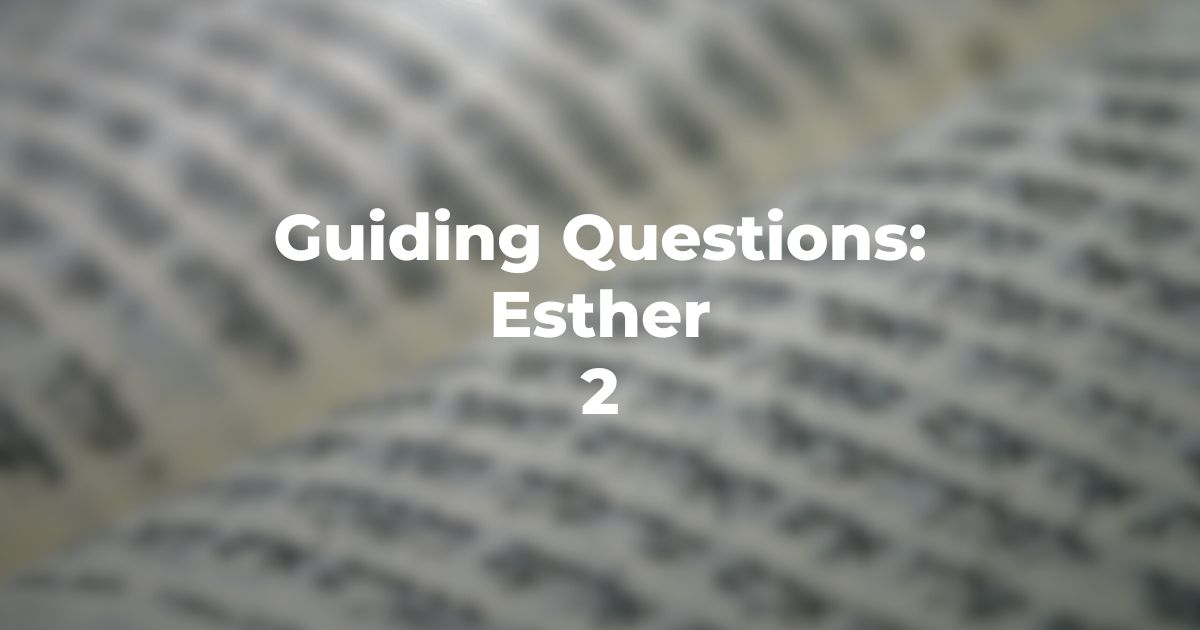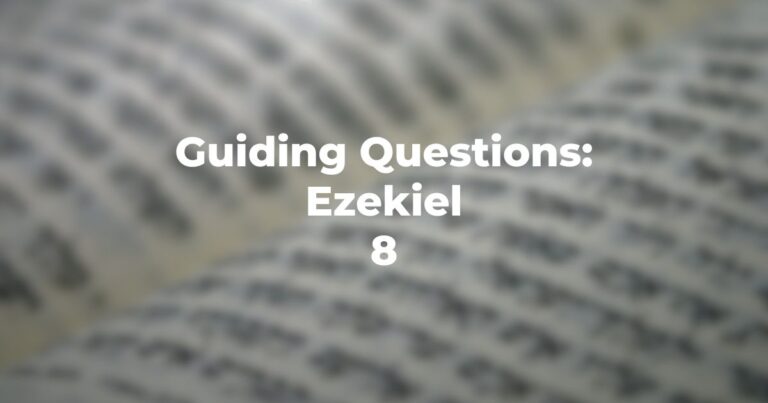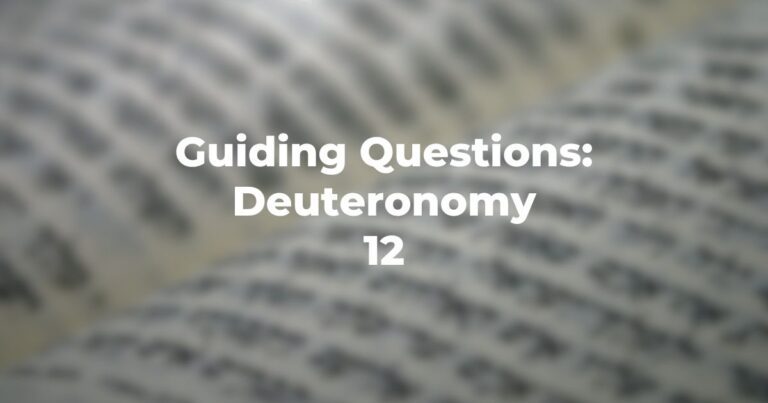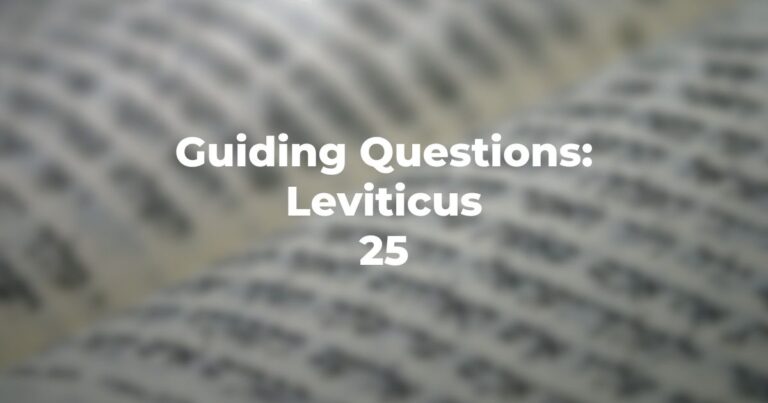- Once his anger subsides, the king reflects on (a) Vashti, (b) her action, and (c) his decree against her (Esther 2:1). Does this imply remorse, regret, nostalgia, loneliness? [Review this question after responding to questions 2, 3, and 4 below.]
- Previously, in Esther 1, the king sought guidance from his officers, counsellors and chamberlains, and one spokesman offered advice that had implications for all the kingdom. How does that compare with what is related in Esther 2:2? What does this imply about the king’s psychological state and the purpose of the advice given here?
- If he already has a harem of women, as implied in Esther 2:3, what need is there for such an elaborate scheme to choose a replacement for Vashti?
- What qualities, besides those needed to be selected as “Miss Persia” did this king seek in his Queen? Was more required of Vashti (see Esther 1:11)?
- Timing, as a literary device, is crucial in the Book of Esther. Why is the story of Ahasuerus interrupted just when plans are being made for a “beauty pageant” to choose the next queen?
- Esther 2:5 assumes that Yehudi is a well known term connoting Jews. This became true sometime after 586 BCE following the dispersion to Babylonia. What does this tell us about the dating of this book?
- What do we learn about Mordecai from the fact that a long ancestry is given (Esther 2:5) and that he “sat in the king’s gate” (Esther 2:21)?
- What more can we learn about them from their names? Mordecai’s Hebrew name is unknown. The name Mordecai is derived from the Babylonia god, Marduk (his name means “My Marduk”). We learn (Esther 2:7) that Esther was given a Hebrew name, Hadassah (meaning “myrtle”) but is called by a derivative of the name of the Babylonian goddess, Ishtar.
- Xerxes I began his rule in 486 BCE. The incident between Mordecai and Haman took place 12 years later (Esther 3:7) in 474 BCE. The captivity referred to here in Esther 2:6 took place in 596 BCE. Mordecai would then be at least 122 years old and Esther would possibly be in her 60’s! Also, Persian kings married only from Persian nobility (though concubines came from everywhere). How would you explain these historical discrepancies? What other purpose or purposes might this story have?
- What association would the author like you to make by telling you that Mordecai was descended from Kish (Esther 2:5), Saul’s father (I Samuel 9:1-2), and later (Esther 3:1) that his nemesis, Haman, was an Agagite? [check out I Samuel 15:7-9]
- In reading Esther 2:8-11, is there any indication that Esther was forced into this competition?
- What are we to make of the fact that for the entire 12 months in the women’s quarters Esther does not reveal that she is Jewish and that it was Mordecai himself who commanded this (Esther 2:10)? What religious compromises would she have had to make to maintain her secret?
- Esther 2:12-14 give a detailed description of the preparation and aftermath of each “contestant”. What is the fate of women who were not selected to be the next queen? How does this compare with the fate of the women in the tale of A Thousand and One Nights? What is the significance for our understanding of Esther, that she relies solely on Hegai’s advice (Esther 2:15)?
- In Esther 2:18, what is meant by “the king made a release to the provinces”?
- There are numerous explanations of the word shenit (“second time”) in Esther 2:19. What are your suggestions?
- What purpose is served by telling us (Esther 2:20) that Esther had still not revealed her identity after she was already the Queen?
- Does the text tell us how Mordecai uncovered the plot to assassinate the king? Or how he got the message to Esther? Or why he wasn’t rewarded immediately? Remember that in the Book of Esther, timing is everything!
Author
-

Exploring Judaism is the digital home for Conservative/Masorti Judaism, embracing the beauty and complexity of Judaism, and our personal search for meaning, learning, and connecting. Our goal is to create content based on three core framing: Meaning-Making (Why?), Practical Living (How?), and Explainers (What?).
View all posts




